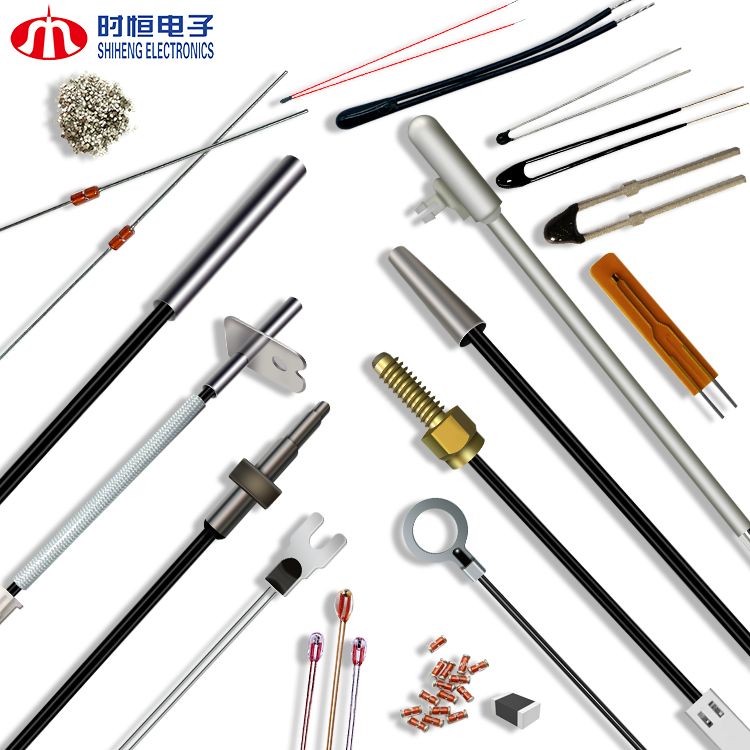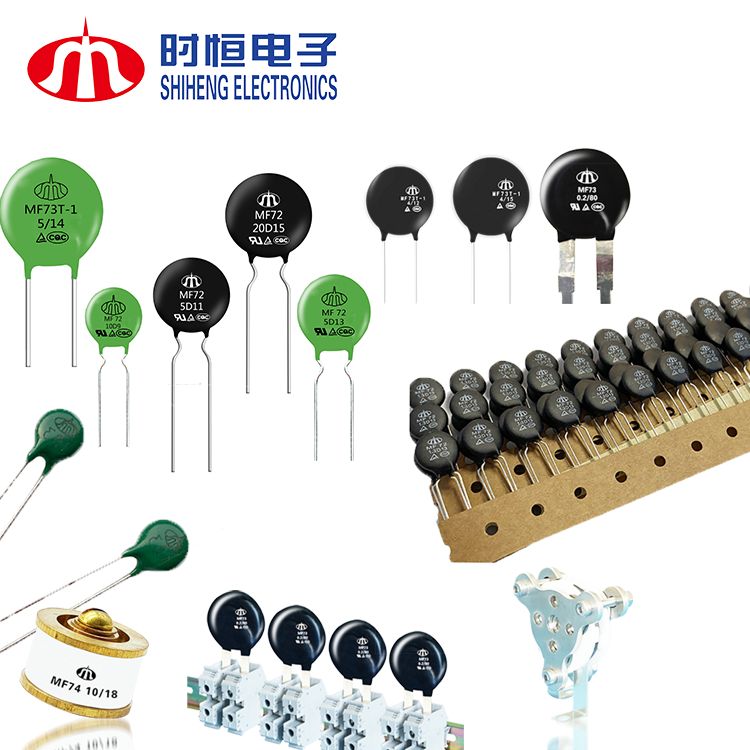How to Integrate NTC Thermistors into Embedded Systems?
Jun 10, 2025As embedded systems become more intelligent and power-aware, the ability to monitor temperature accurately has become essential. Whether you're designing a power supply, motor controller, battery pack, or IoT device, integrating an NTC thermistor is a simple yet powerful way to enable real-time thermal management.
1. Understanding the electrical behavior.
An NTC thermistor decreases in resistance as temperature increases. To read temperature, it's typically connected in a voltage divider circuit with a known resistor, and the resulting voltage is read by an ADC pin of a microcontroller.
2. Choosing the right thermistor parameters.
Nominal Resistance (R25): Common values include 10kΩ at 25°C, but this should be matched to your ADC range.
B-Value: Choose based on the temperature range of your application (e.g., B25/85 = 3435K).
Tolerance: ±1% or ±2% for higher precision systems.

3. Minimizing error sources.
Self-heating: Use minimal sensing current (<10 µA) to avoid introducing heat.
ADC resolution: Higher ADC bit-depth improves temperature resolution.
Reference stability: Choose a stable voltage reference to reduce drift.
Board layout: Keep analog traces short and away from switching components.
4. Real Function: What does the thermistor actually do? In embedded systems, thermistors serve more than just monitoring roles:
Hardware Protection: When thermistors detect overheating, the system can shut down or reduce performance to prevent permanent damage.
Thermal Compensation: In analog circuits, temperature-dependent variations are corrected using thermistor feedback.
Performance Optimization: In fans, chargers, and battery circuits, thermistors regulate operation to maximize efficiency while keeping temperatures within safe limits.
Data Logging: Some IoT devices store historical temperature readings for performance tracking, which depends on thermistor accuracy.
5. Installation best practices the effectiveness of thermistors depends heavily on how they’re installed:
Thermal Contact: For surface or contact sensing, ensure the thermistor is tightly pressed or bonded to the monitored surface.
Airflow Sensing: Position the thermistor away from heat sinks and components that may distort air readings.
Probe Applications: Use epoxy- or metal-tip probes for insertion into enclosures or liquid channels.
SMD Mounting: When using surface-mount thermistors, ensure good solder coverage and place away from heat-generating ICs to avoid local bias.

NTC thermistors offer a compact, cost-effective, and accurate solution for real-time temperature feedback in embedded systems. When installed properly and used with smart design, they can protect components, optimize performance, and extend product life.
Need help choosing or customizing a thermistor for your project? Contact Shiheng Electronics for engineering support and quick-turn samples.